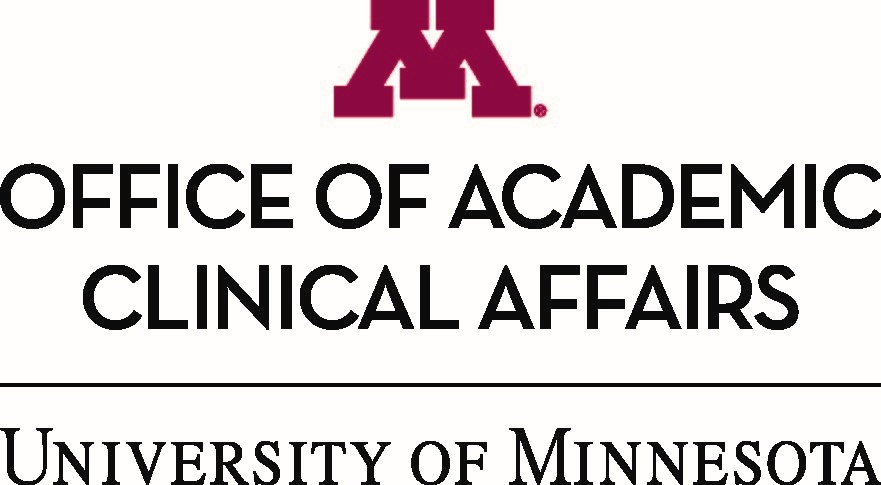CWD cases in Iowa more than double; 4 new counties affected
Iowa officials confirmed 43 chronic wasting disease (CWD) cases in deer harvested during the 2019-20 season or found dead, with four counties reporting the fatal disease for the first time, the Iowa Department of Natural Resources (DNR) reported yesterday.
"While the number of positives this year jumps out, it's not out of the realm of what we would expect," said Iowa DNR wildlife biologist Tyler Harms, MS, in an agency news release.
The newly affected counties are Woodbury, Winneshiek, Fayette, and Decatur, bringing the number of affected counties to eight. The counties are in the western, northeastern, and southern regions of the state. "Early detection is key," Harms added. "We want to increase the surveillance in close proximity to the positive deer to hopefully catch any other positives in the area."
The 43 new cases more than doubles the previous high of 18 confirmed in 2018-19, according to Radio Iowa. Iowa officials have now logged 89 CWD-positive deer since the disease was first found in the state in 2013-14. The Iowa DNR tested almost 7,000 deer tissue samples statewide during the 2019-20 hunting season.
CWD is a deadly neurologic prion disease that affects cervids—members of the deer family. Though the disease has not yet jumped to humans, some experts fear it could mimic bovine spongiform encephalopathy ("mad cow" disease).
Feb 11 Iowa DNR press release
Feb 11 Radio Iowa story
With 3 new affected counties, CWD now found in 12 South Dakota counties
The South Dakota Game, Fish & Parks (GFP) Commission confirmed 3 new CWD-affected counties, bringing the total to 12. Less than a year ago only 1 South Dakota county was affected.
The newly affected counties are Butte, Corson, and Haakon in the western half of the state, according to a GFP news release. GFP official confirmed eight newly affected counties in the fall of 2019.
"We've learned that CWD is not a disease just restricted to the Black Hills and surrounding area, and this definitely creates some challenges moving forward," said GFP wildlife program administrator Chad Switzer. "As the surveillance efforts from the 2019 hunting seasons come to [an] end, an update will be provided to the GFP Commission in March and a report will be made available to the public on our website," said Switzer.
The GFP recently created regulations for the transportation and disposal of deer and elk carcasses from other states and from hunting units within South Dakota's confirmed CWD areas, but the regulations won't go into effect until later this year.
Feb 10 South Dakota GFP news release
Montana to begin in-state CWD testing this fall
Montana hunters this fall should be able to have samples from their deer and elk tested for CWD within the state, markedly cutting the waiting time for test results, the Associated Press (AP) reported yesterday.
The Montana Department of Livestock's Veterinary Diagnostic Laboratory (VDL) in Bozeman bought equipment to perform tests for the disease. Previously, Montana officials sent thousands of lymph node samples to Colorado State University for testing, which normally provides results in 2 to 3 weeks.
The testing is expected to be operational by the fall, and VDL Director Greg Juda, PhD, said that the Bozeman lab should be able to report results in days rather than weeks. "Once you get to the dissected tissue portion, it should be a relatively rapid turnaround," Juda said.
Feb 11 AP story













